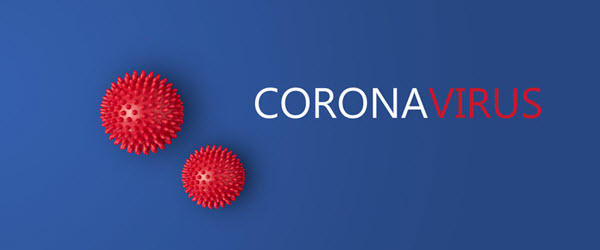What exactly are “germs” and can we take our obsession with eliminating germs from our lives to the extreme?
 No one likes germs. We don’t like it when people sneeze on us, we cringe when someone coughs and then extends a hand for a friendly shake. We wipe off shopping cart handles and cover the high chairs in restaurants with protective covers. We carry hand sanitizer in our purses, vehicles and leave a bottle on our desk at the office.
No one likes germs. We don’t like it when people sneeze on us, we cringe when someone coughs and then extends a hand for a friendly shake. We wipe off shopping cart handles and cover the high chairs in restaurants with protective covers. We carry hand sanitizer in our purses, vehicles and leave a bottle on our desk at the office.But what exactly are “germs” and can we take our obsession with eliminating germs from our lives to the extreme?
Well, according to the International Scientific Forum on Home Hygiene (yes, such an organization really exists), while “germ” is a commonly used term, it’s not particularly scientific. It’s sort of a catch-all term for any bacterial, viral, fungal and protozoal strains that are harmful or potentially harmful. It’s important to remember not all “germs” are actually harmful.
According to IFH, “A common misconception is that whereas we have always had to guard against germs, we now have even worse things like bacteria such as Salmonella and E. coli to deal with. In reality Salmonella, E. coli, norovirus and rotavirus are all types of germs. It’s just that the media now often refer to these different types of germs by their names.”
In our battle against germs, it’s important to recognize cleaning and home hygiene are different. Good home hygiene is not about getting rid of household germs, but about targeting hygiene measures (food hygiene, personal hygiene and hygiene related to medical care) appropriately to reduce exposure to germs and thereby prevent cross infection.
“Targeted hygiene recognizes that good hygiene is not about trying to eliminate all the germs from our homes,” according to IFH. “It is not a ‘once weekly deep down clean’ when things look dirty. It needs to be an ongoing part of our daily lives where hygiene measures are targeted only where and when necessary.”
Click here for good resources and tips on hygiene products and procedures.






